“With its help it will be possible to solve non-trivial problems”
The concept of creating a new generation observatory on the Moon was developed by scientists from the Astrospace Center of the Physical Institute. P.N. Lebedev RAS. It is expected that it will be able to observe complex organic molecules, which many now consider to be the primary sources of life on Earth, at frequencies of 100 gigahertz and higher. We talked about what such an observatory would be like, as well as about other projects of the institute with Alexey RUDNITSKY, Deputy Head of the ASC FIAN.
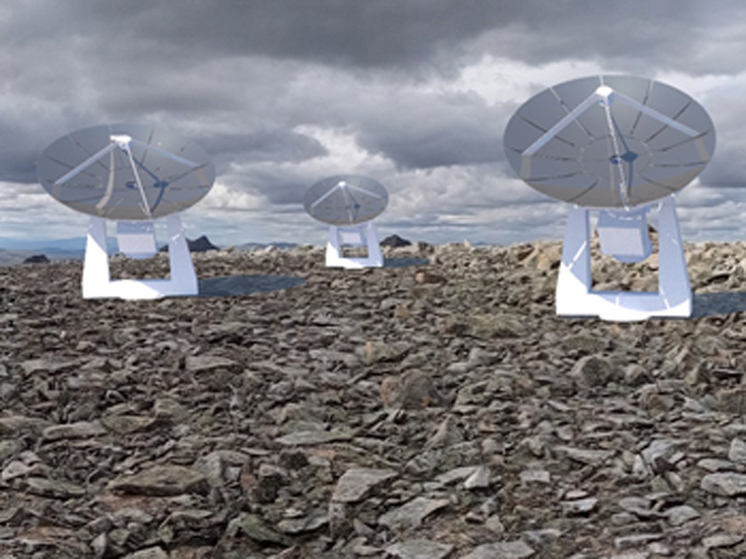 Millimeter-wave telescopes on Earth.
Millimeter-wave telescopes on Earth.
— The millimeter range, in contrast to the radio range in which our RadioAstron observatory previously worked, (its service life expired in 2019. — Author), allows telescopes to look into the most isolated corners of the Universe, hidden from us by clouds of dust and interstellar gas. In the millimeter range, dust and gas become transparent to the observer. In particular, using a millimeter telescope, Western scientists managed to photograph black holes in the M87 galaxy and in the center of our galaxy several years ago.
— This is the so-called event horizon telescope (ETH) — global integration of all ground-based millimeter-wave telescopes for interferometer observations. An interferometer, in simple terms, is a way to increase the virtual mirror of a telescope by combining the distances from all telescopes participating in the experiment. That is, the imaginary mirror of the TGS, which unites the ALMA, IRAM and other observatories, has today the largest diameter possible for terrestrial observatories, this is the diameter of the Earth — 12,700 km, despite the fact that most antennas do not exceed 20 meters.
— Yes. We really hope that the world’s first millimeter-wave space observatory will be our Russian Spektr-M. — «Millimetron», which is planned to be launched by 2032. It will increase the angular resolution of the TGS by 10–100 times! And the maximum size of its virtual mirror will be 1.5 million km, since it will be located in orbit at the Lagrange point, at a distance of 1.5 million km from the Earth. But this is part of a ground-space interferometer, which still has its limitations. It is known that ground-based telescopes that will work in conjunction with Millimetron will be influenced by the atmosphere and because of this we will not be able to go to higher frequencies exceeding 230-340 gigahertz in interferometer mode. Accordingly, with its help it will not be possible to unravel all the secrets of the Universe.
We have developed a project of four orbital telescopes that will allow us to look deep into the Universe at a frequency of 600 gigahertz. The telescopes will be located at altitudes of 7.5–8 thousand and 22.5–23 thousand km. They will have circular Earth orbits. Thanks to them, for the first time we will be able to obtain not just high-precision photographs of a black hole, but also video of the movement of matter in its vicinity.
— We will see the distribution of gas, the temperature of matter, it will be possible to study how the radiation of the gas is polarized, and therefore obtain information about the configuration of magnetic fields. It is of great interest to all astrophysicists in the world today, since, in particular, it would help to understand whether “wormholes” masquerading as ordinary black holes exist in the Universe.
The hypothesis of the existence of “wormholes” in the Universe, proposed by Soviet scientists Igor Novikov and Yakov Zeldovich, states that such holes are black holes in which, unlike ordinary black holes where matter irrevocably falls, there is “light at the end of the tunnel.” In other words, the “wormhole” — it is a point connecting two distant points in space and time. These points may even be in different universes.
— The creation of an observatory on the Moon will allow us to get a more stationary, and therefore more accurate, long-lived system, which will be able to observe at frequencies of 1000 or more gigahertz due to the complete absence of an atmosphere on the Moon. And with its help it will be possible to solve non-trivial problems related to the observation of bioorganic molecules in the interstellar medium, which may have given rise to life on Earth, “childhood” formation of our Universe based on images of cosmic microwave background radiation, the region of formation of stars and planets.
— We think that there should be 3-4 of them with a mirror diameter of no more than 3-4 meters. While conceptual studies are underway, we are deciding whether to place them in a crater, on the dark or visible side of the Moon. There is a third option — make all three telescopes on a movable platform so that they can change their location.
— Will be able. Initially, our idea included the possibility of their autonomous operation.
— We can discover something that will change our understanding of the Universe, our cosmic home, for example, we will understand how gravity works, how space–time behaves, how planets are born and life begins.
But we have more close plans. In particular, if we build the first network of observatories in Russia that observe the sky in the millimeter range, we will be able to create large-scale ground support for a group of promising communications satellites. They will be no worse than Elon Musk’s, but there will be much fewer of them. To do this, it is enough just to install several groups of terrestrial antennas (5–6 each) in areas with low humidity, for example, in the mountains of Dagestan, in the Arctic, in the Irkutsk region.










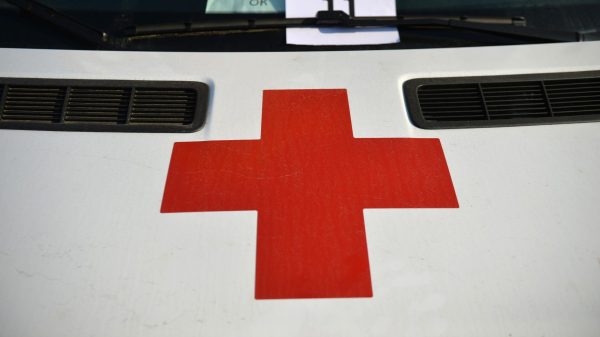







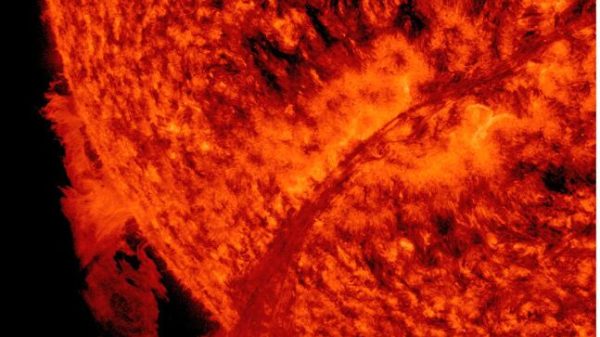

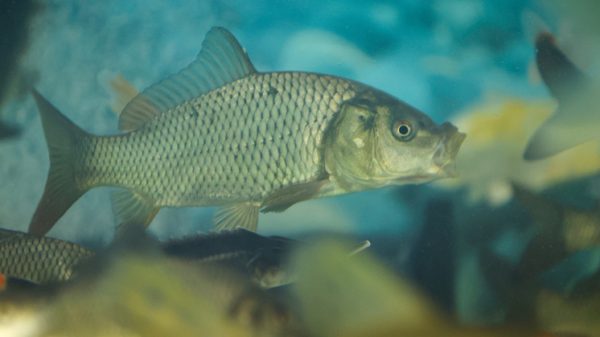







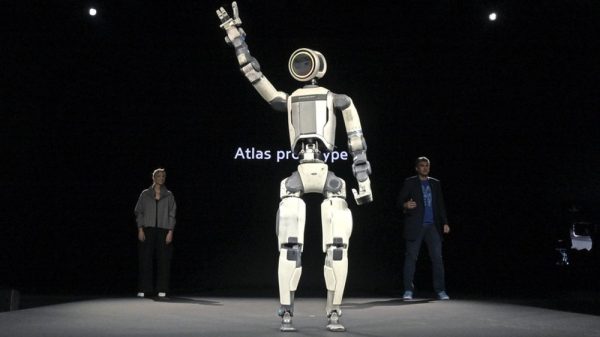
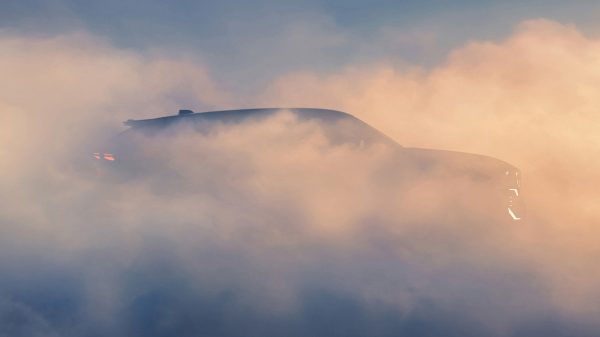



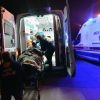


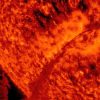

















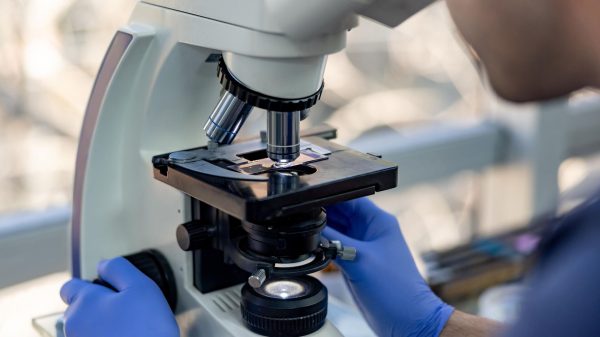



Свежие комментарии